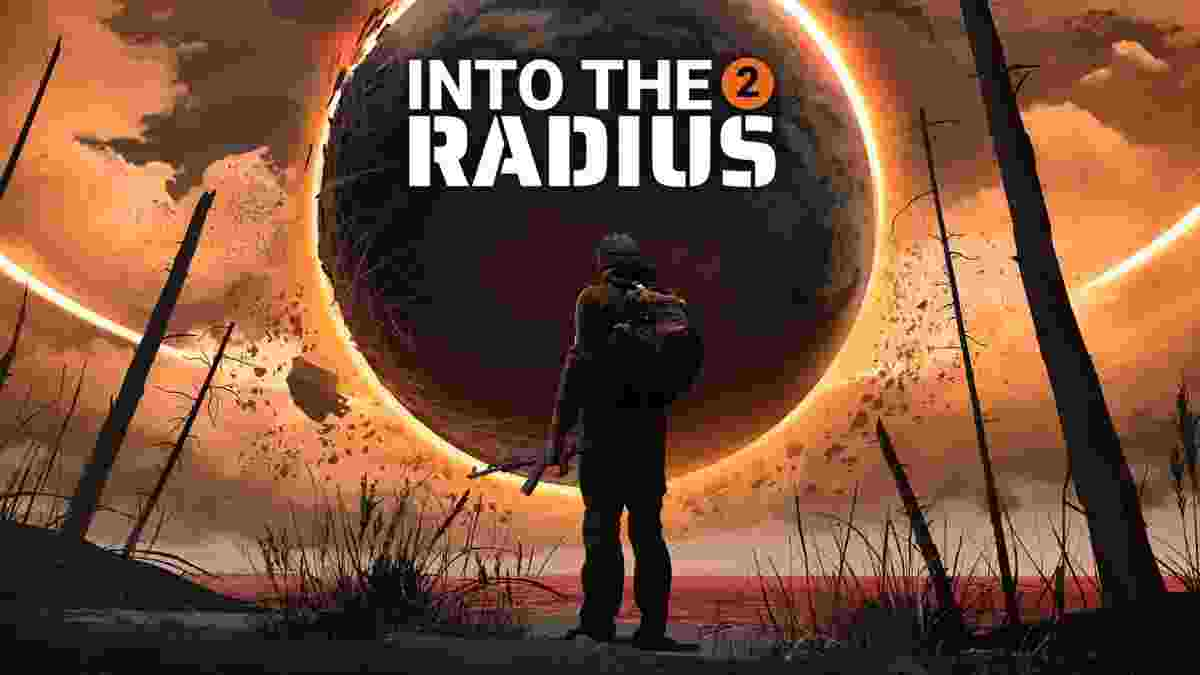The next chapter in the survival-horror sandbox series has landed, and this time it’s built specifically with the latest standalone hardware in mind. Into the Radius 2 enters early access on Quest 3, pushing its unsettling mix of tactical shooting and scavenging into a larger, more reactive world.
Known for its slow-burning tension and gritty survival mechanics, the sequel sticks to the fundamentals — but tightens up the formula. It’s not a total reinvention, but the core loop has evolved in ways that feel more intentional, more dangerous, and more dependent on how well you actually pay attention.
Gameplay rooted in tension and scarcity
Into the Radius 2 doesn’t hand you much. You’re dropped into a shifting, ruined world filled with anomalies, shadowy threats, and broken tech. Every bullet matters, every backpack decision counts. The rhythm is deliberate. You’re not sprinting between firefights — you’re crawling through zones, scanning for movement, and hoping the flashlight holds out.
What makes it work is the weight behind each interaction. Reloading isn’t a button press. It’s manual. Every time you check a mag, swap a battery, or bandage a wound, you feel how alone you are. The game leans into discomfort, and that choice is key to its identity.
Built for standalone, designed for tension
This version is tailored specifically for Quest 3, which means it doesn’t just run — it feels grounded. Environments are more detailed, lighting is sharper, and object interaction is smoother than previous standalone attempts. While it’s not hitting PCVR fidelity, it’s using the Quest 3’s hardware where it counts.
You’ll notice it in how much clearer long-range visibility is, or how little visual noise gets in the way of object manipulation. In a game where spotting a static stalker in the distance can be the difference between surviving and bleeding out, that visual clarity matters.
Early access means unfinished, but functional
Right now, this is still early access — so don’t expect a fully realized world just yet. Systems are in, but some are still rough. Enemy behavior can feel inconsistent. Loot tables don’t always scale. And a few interface quirks still interrupt the otherwise immersive pacing.
But even in this state, the intent is clear. The game is building toward something more reactive, more systemic. It wants you to learn its rhythms and survive not through brute force, but by thinking like someone who’s lived in that world for weeks. That mindset shift is what sets it apart from flashier VR shooters.
A different pace from typical VR combat
Into the Radius has always stood out by slowing things down. It’s not about reflexes, it’s about dread. The sequel doubles down on that feeling. Every time you head back out, you weigh the risk. Every piece of gear you lose feels earned. That tension, that permanence, is the point.
If you’re looking for a high-octane loop, this isn’t it. But if you want a VR experience that lets silence build, that forces you to look at every corner before moving forward, this early version already delivers the bones of that experience — and it’s evolving fast.
Beta Hunter & Brutally Honest Reviewer
He plays what others fear. BETATESTER-X dives into broken builds, awkward alphas, and early-access chaos so you don’t have to. No hype. No mercy. Just raw, first-hand feedback from the trenches of unfinished games.




